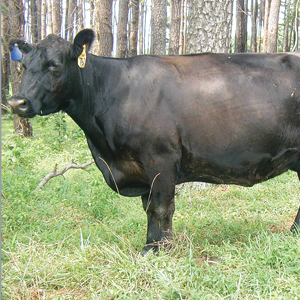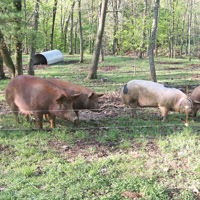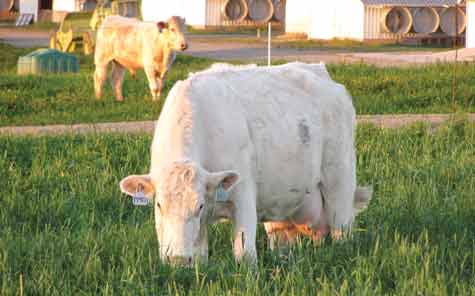By Steve Cote
Midvale, Idaho — My road to high level stockmanship actually started while driving down a road in Idaho with Holistic Management founder Allan Savory. In listening to Allan, I learned that I had deeply held beliefs about grazing that were dead wrong.
I learned that overgrazing is not caused by too many grazing animals. I learned that too much rest is damaging not only to the plants, but also to soils. In humid climates, it hurts forage plant productivity and nutrition. Continue reading “Good grazing requires good handling techniques”




